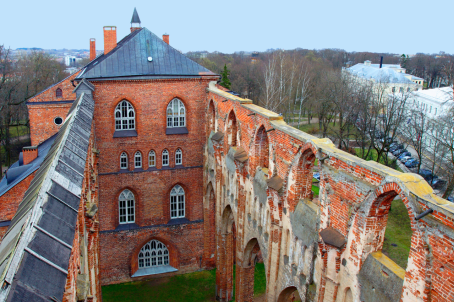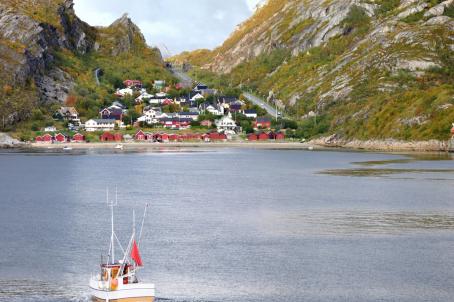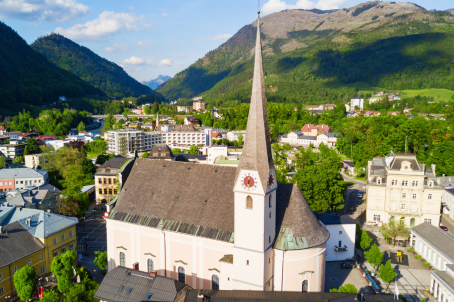
new
Religious heritage of Tartu (Estonia), European Capital of Culture for 2024
As a university city, cultural offerings abound in Tartu and will reach their peak after being designated one of three European Capitals of Culture for 2024. In this list, we've compiled the most interesting sacred places to visit in and around the old town.





